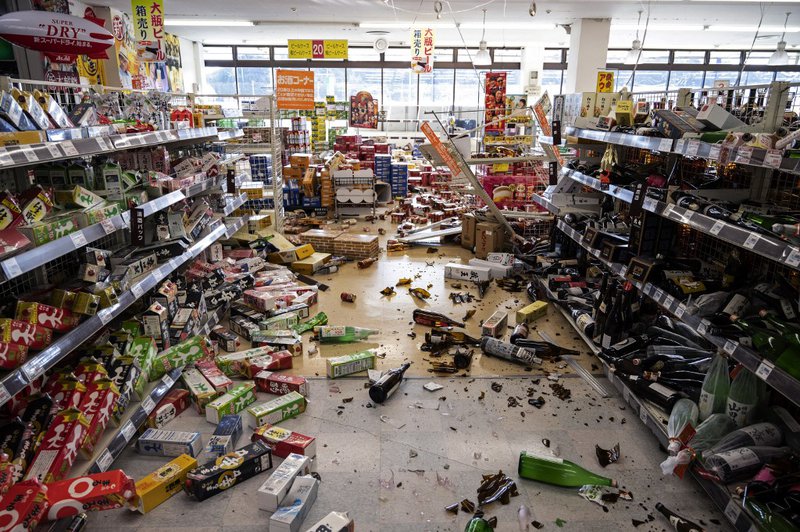Number of missing in Japan quake jumps to over 300
Updated | By AFP
The number of people unaccounted for after Japan's New Year's Day earthquake more than tripled on Monday to 323 while the death toll rose to 168, according to local authorities.

A heavy dumping of snow meanwhile complicated relief efforts a week after the 7.5-magnitude quake, with more than 2,000 people still cut off and many others lacking power or forced to take shelter in crowded emergency sites.
A new list published by Ishikawa prefecture in central Japan on Monday showed the number of missing people soaring from 31 to 281 in Wajima, one of the worst-hit places where the quake flatted dozens of houses and a major fire devastated a large area.
In the prefecture's city of Suzu, a woman in her 90s managed to survive five days under the wreckage of a collapsed house before being saved on Saturday.
"Hang in there!" rescuers were heard calling to the woman, in police footage from the rainy scene published by local media.
"You're gonna be OK!" they shouted. "Stay positive!"
Not all were so lucky, with Naoyuki Teramoto, 52, inconsolable on Monday after three of his four children's bodies were discovered in the town of Anamizu.
"We were talking of plans to go to Izu," a famous hot spring resort after his daughter passed her high school entrance exam, he told broadcaster NTV.
- Packed shelters -
Days of rain increased the risk of further landslides, while the fresh heavy snow -- more than 10 centimetres (four inches) in places -- could cause more buildings to collapse under its weight, the regional government warned.
Around 18,000 households in the Ishikawa region remained without electricity on Monday, while more than 66,100 households were without water on Sunday.
For the 28,800 people packed into government shelters, many were also without sufficient water, electricity and heating, according to media reports.
"Disaster-related deaths must be prevented at all costs. I want to improve the poor environment in shelters," Ishikawa governor Hiroshi Hase told broadcaster NHK.
ALSO READ: Death toll hits 98 in Japan quake
"The first priority has been to rescue people under the rubble, and to reach isolated communities," Prime Minister Fumio Kishida told NHK on Sunday.
The government has "deployed various police and fire department helicopters" as well as small groups of troops on foot to reach the isolated communities, he said.
Japan experiences hundreds of earthquakes every year, though most cause no damage because of strict building codes in place for more than four decades.
But many structures are older, especially in rapidly ageing communities in rural areas like Noto.
The country is haunted by the monster quake of 2011 that triggered a tsunami, left around 18,500 people dead or missing and caused a nuclear catastrophe at the Fukushima plant.
MORE ON ECR

Show's Stories
-
Cellphone etiquette tips that everyone should practice
We need to be more mindful when using our cellphones around others.
Danny Guselli 11 hours ago -
Crocodile cuisine in SA is more popular than you think
If you are looking for a unique dining experience and a dinner table con...
Danny Guselli 11 hours ago